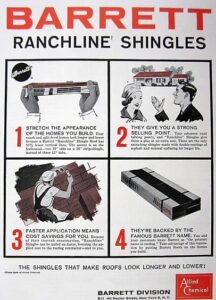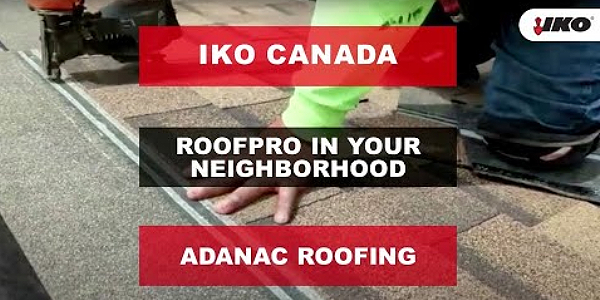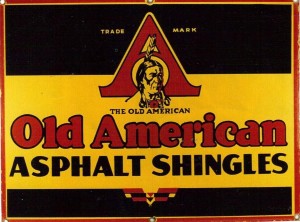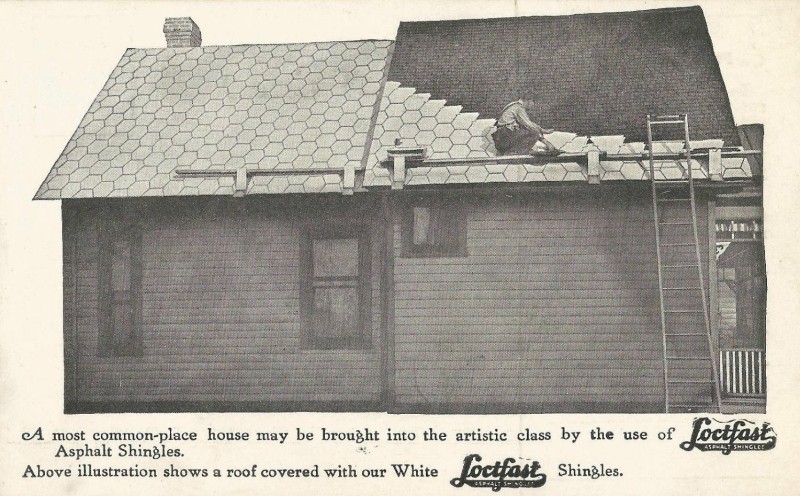History of Roofing Barrett Asphalt Shingles

 Today we have an old brochure from the 40’s. The Barrett Ranchline Shingles.
Today we have an old brochure from the 40’s. The Barrett Ranchline Shingles.
These shingles were marketed as ” lowering the look” and making the roof look long-like or like a ranch-style roof. They did this by using only two 18 inch tabs, not like the traditional shingle with three tabs we still see today. This gave a stretched-out look to the roofscape and with the larger granules on the surface of the shingle, it was a rich massive roof.
It is funny to read the selling points from this brochure and modern-day roofing products. Back then they wanted a flatter and longer looking roofs, whereas today, we want the thicker irregular shingles with color variation and heavy shadow lines.
This Barrett Shingle used larger granules on the face than other roofing products to give it a rich massive effect. If you have ever torn one of these roofs off you’ll know what we mean by massive granules. At 300 pounds per square, this is the very heavy asphalt shingle. This shingle had an exclusive multi-layers construction of asphalt, saturated felt, fire blocking vermiculite, and asbestos and had the top Underwriters’ Fire Rating. Back then that rating was called by the architects BAR-FIRE Fire-Safe Class “A” Shingles. Caution, when removing these types of roofs, proper care for disposal of the asbestos should be used. See the advice of a local Asbestos Abatement Company.
The Barrett two tab shingle can still be found today normally with a couple of layers over the top.
Have a question? AskARoofer HERE
Need a contractor? Check out our list of Roofing Contractors HERE.
Disclaimer: The information provided on AskARoofer.com or information sent by emails is the opinion of the writers. It is the responsibility of the reader to check for accuracy in one's own jurisdiction, as there are different codes and restrictions for different parts of the country. AskARoofer.com does not accept any liability for the use of information on this website or email. AskARoofer.com has no controls over product failures, installation, or climate conditions that may change the roofing process in your area. Our information is in general to our area and cannot be the same as your local town or state. It is advised to seek the local Building Department, Licensed Contractor and local Product Representative for proper installation requirements and code enforcement when installing a new roof.










Comments
Leave a Reply
Have an account? Login to leave a comment!
Sign In